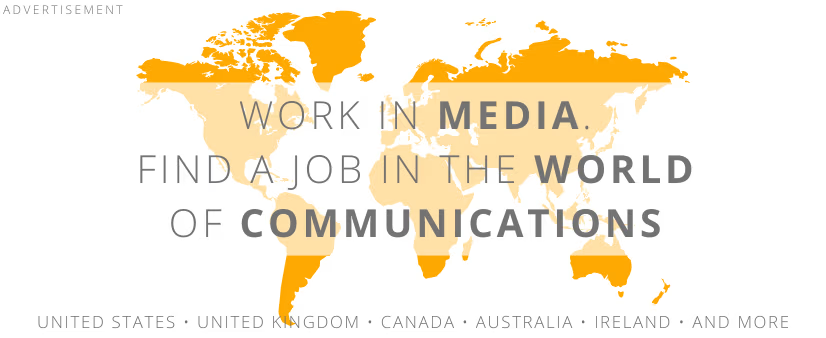 illustration: Bing AI
illustration: Bing AIForrester Research’s report, Predictions 2025, emphasizes that companies’ main goal will be to draw valuable insights from previous trial and error to accelerate long-term growth.
Pressure for Quick ROI on AI Investments
Generative AI market leaders recognize the need for a strategic approach to managing AI investments.
- In 2024, 49% of AI decision-makers in the U.S. expected a return on AI investments within one to three years,
- while 44% anticipated ROI within three to five years.
This pressure for rapid returns often leads enterprises to prematurely scale back investments. Forrester suggests that instead of focusing solely on quick returns, AI leaders should create a balanced plan that leverages company-specific data and unique expertise to maximize both short- and long-term gains.
Reorganizing Marketing and Sales Structures
Forrester also highlights the importance of reorganizing organizational structures, especially in marketing and sales, where only 12% of marketing leaders consider current structures effective for achieving revenue goals. Meanwhile, just 7% believe their teams possess the necessary competencies, making reorganization a vital part of strategic plans for 2025.
However, rather than limiting changes to surface-level adjustments, Forrester encourages companies to pursue fundamental transformations, such as adapting strategies to customer needs and optimizing revenue processes.
Examples of steps companies are taking:
- Moving partner ecosystem marketing directly under the CMO.
- Rotating revenue development reps between sales and marketing.
- Integrating revenue operations under a unified “go-to-market” title.
The Role of Value Networks in Younger Generations’ Buying Process
Millennials and Generation Z are beginning to dominate the B2B buying market, influencing how purchasing decisions are made. Forrester’s study shows that in 2024:
- 30% of younger buyers engaged 10 or more people outside the organization in decision-making,
- with this figure expected to rise above 50% by 2025.
Modern buyers rely on external sources, such as social media and industry networks, prompting B2B marketers to develop capabilities to collaborate with external influencers.
Shift to Digital Sales Channels
Shifts in purchasing preferences, especially among younger generations, are leading to the rise of self-service sales channels. In 2024, 52% of large B2B purchases (worth over $1 million) occurred directly through sales representatives.
However, Forrester predicts that by 2025, more than half of such transactions will take place through self-service channels, such as vendor websites or sales platforms. This shift requires sales teams to serve as advisors, helping clients make informed decisions.
Changes in purchasing preferences:
- Increase in self-service B2B transactions worth over $1 million.
- Sales representatives serve as advisors rather than transaction managers.
Declining Interest in Product-Led Growth (PLG) Strategy
Forrester’s findings show that Product-Led Growth (PLG) remains a priority for 25% of marketing decision-makers. Although PLG generates higher revenue and lower customer acquisition costs, market volatility and budget constraints are reducing interest in this strategy.
In 2025, the percentage of companies using PLG is expected to fall below 20%, as businesses redirect resources to generative artificial intelligence.
The full Forrester report "Predictions 2025: B2B Marketing & Sales" is available at:
https://www.forrester.com/predictions/b2b-2025/
COMMERCIAL BREAK
New articles in section Marketing and PR
#POMAGAM2026 Can a New Year's resolution go viral?
wspieramy
Is a million good deeds a lot? Ten-year-old Emilka wants to find out. She just announced the I Resolve to Help campaign on the internet and urges everyone to make a unique New Year's resolution. That we help each other more often in 2026.
Dance in the media mirror. Between culture, business and viral fame
KFi
Over 78,000 media pieces, 1.6 billion potential views, and 197,500 social media mentions-dance in Poland is no longer niche. With a combined media value exceeding PLN 800 million, it now outperforms MMA, handball, and hockey.
PR in Poland. Ranking of the largest public relations agencies 2025
KFi
The smallest teams often generate the most publications, and agencies outside Warsaw are increasingly capturing media attention. This unexpected distribution of power is one of the key findings from the 2025 PR Agency Ranking in Poland, developed by Widoczni and IMM.
See articles on a similar topic:
Influencer Advertising. Teenagers Do Not Always Recognize It
KFi
The rise in the popularity of influencer-promoted content among young people raises issues with their ability to identify the commercial nature of this content. Subtler forms of promotion are often completely unrecognizable to younger teens.
Large Online Ads vs. AdBlock. Poland Leads in Both Metrics
BARD
Large-format online ads make up 14% of Poland's online market, according to analyses by Gemius. This is the highest percentage among all surveyed markets. Paired with data on the rising popularity of ad-blocking - done by one-third of Polish internet users - it raises questions about the future of these ads.
Outdoor advertising in Poland. OOH market by the numbers
KFi
In 2024, the outdoor advertising market in Poland reached a record PLN 806 million, with its digital segment growing by 32%. Notably, growth was faster outside the largest cities. Advertising on buses and trams also proved more effective than many online campaigns.
More AI bots in customer service. However, Poles want people
Andrzej Sowula
Over three quarters of Poles (75.9%) have already had contact with a bot in a customer service department and nearly one in four is satisfied with this service. This means an increase of 7.7% over the past two years. At the same time, only 8.1% of Poles fully trust the bots serving them.






























